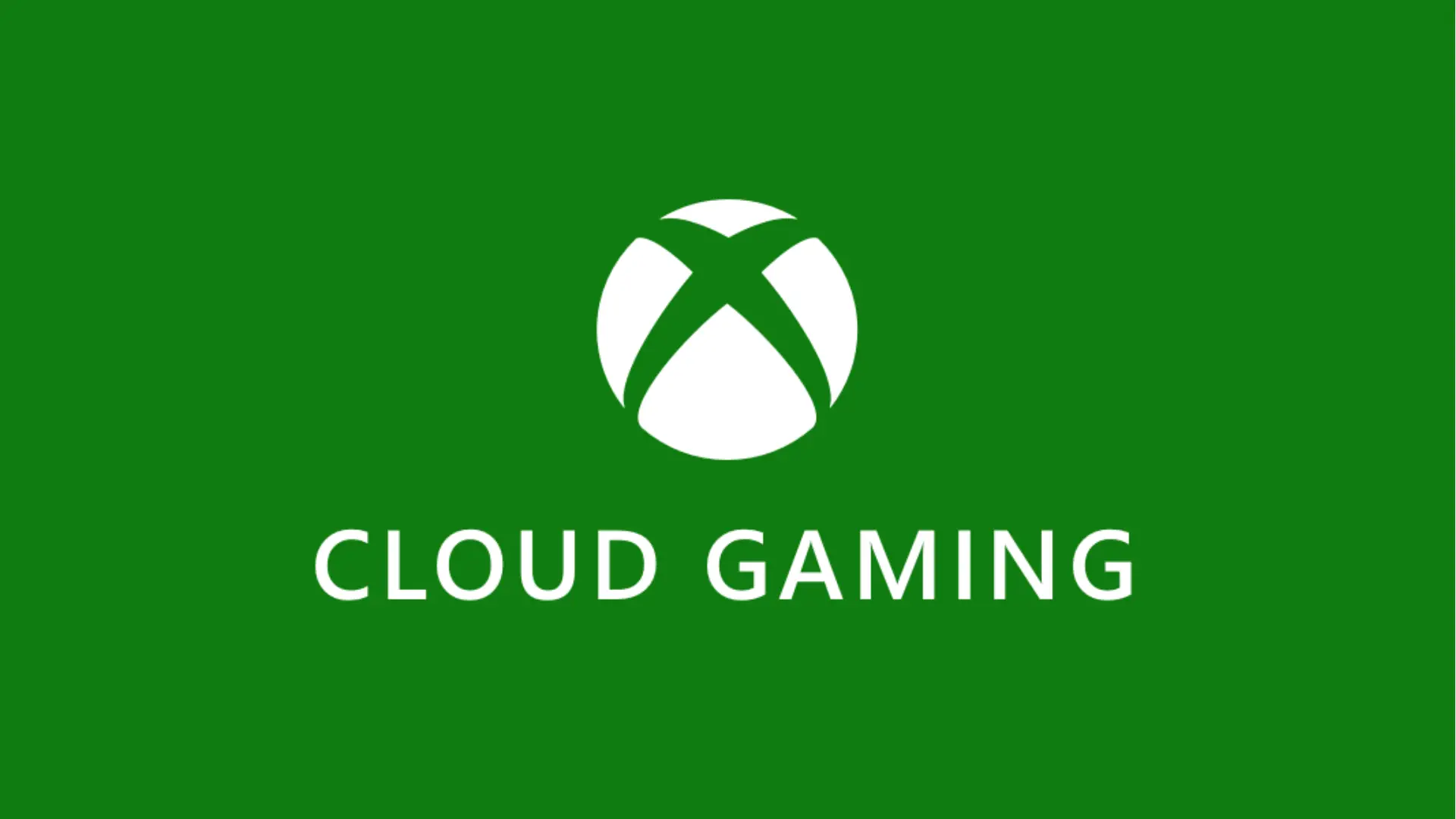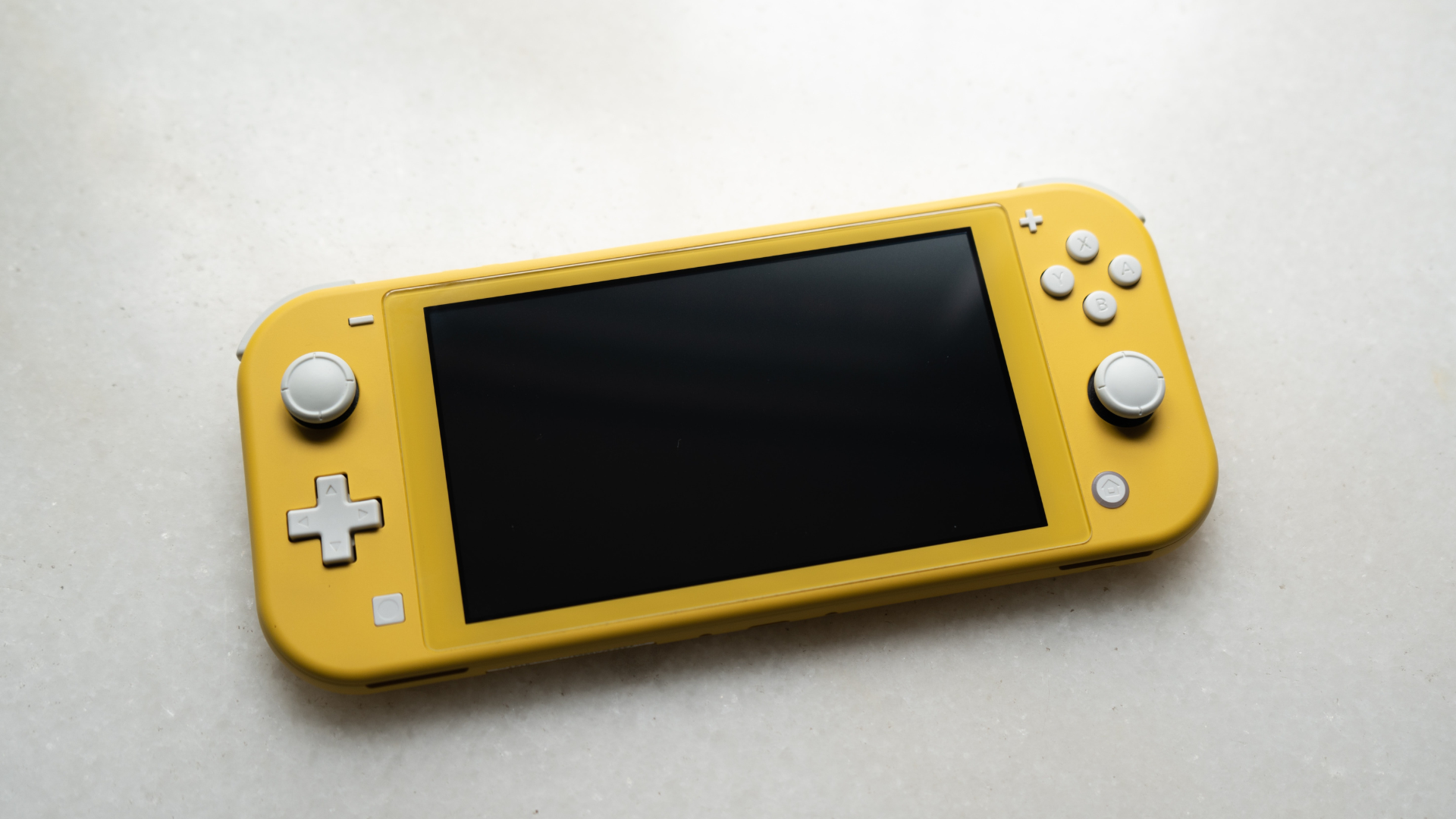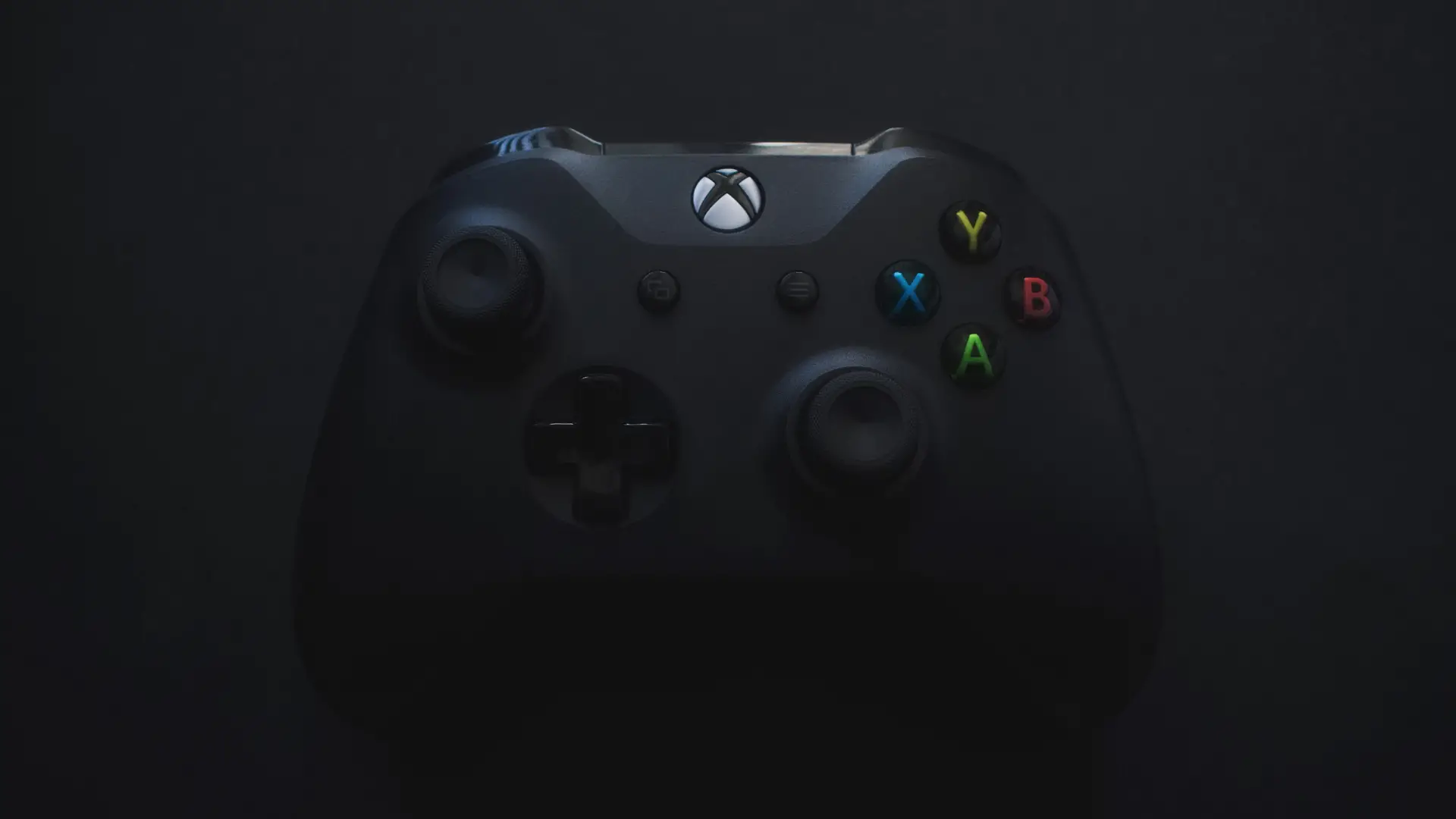How to Tell If Xbox Controller Has Bluetooth: A Quick Guide
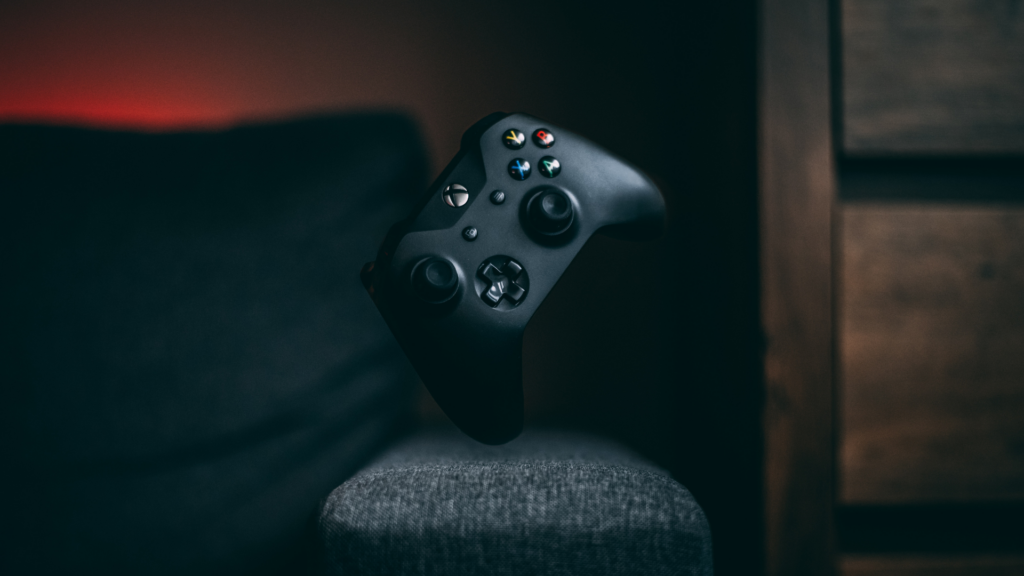
With the evolution of gaming consoles and accessories, the Xbox controllers have come a long way in terms of convenience and functionality. Bluetooth, in particular, has made an impact by enabling wireless connection between the Xbox controller and the gaming device, making gaming more enjoyable and clutter-free. As a result, it’s important to know whether your Xbox controller is Bluetooth-compatible or not.
When trying to determine if your Xbox controller has Bluetooth capabilities, several factors must be considered. Different Xbox console models and controller versions may have varying compatibility with Bluetooth technology. Moreover, recognizing the specific indicators or signals, such as the Xbox button, can be essential in identifying whether your controller can connect to your gaming device via Bluetooth.
How to Tell If Xbox Controller Has Bluetooth
There are two primary ways to identify if your Xbox One controller supports Bluetooth.
Firstly, you can determine this by inspecting the physical components of the controller. In particular, take a look at the area around the Xbox button (the button with the Xbox logo). If the plastic surrounding this button is part of the faceplate of the controller, then the controller supports Bluetooth. On the other hand, if this plastic piece is only part of the top of the controller where the bumpers are located, your controller does not support Bluetooth.

The second method involves checking the model number of the controller. This number can be found on a sticker located in the controller’s battery compartment. If the model number is 1537 or 1697, the controller does not have Bluetooth “Standard” functionality. Although it can’t connect to other devices via Bluetooth, it can communicate with a Windows PC using the Xbox Wireless Adapter for Windows 10.
If the model number is 1708, your controller uses the Bluetooth “Standard” to communicate with other devices, meaning it has Bluetooth capabilities. Using either of these methods, you can ascertain whether your Xbox One controller supports Bluetooth.
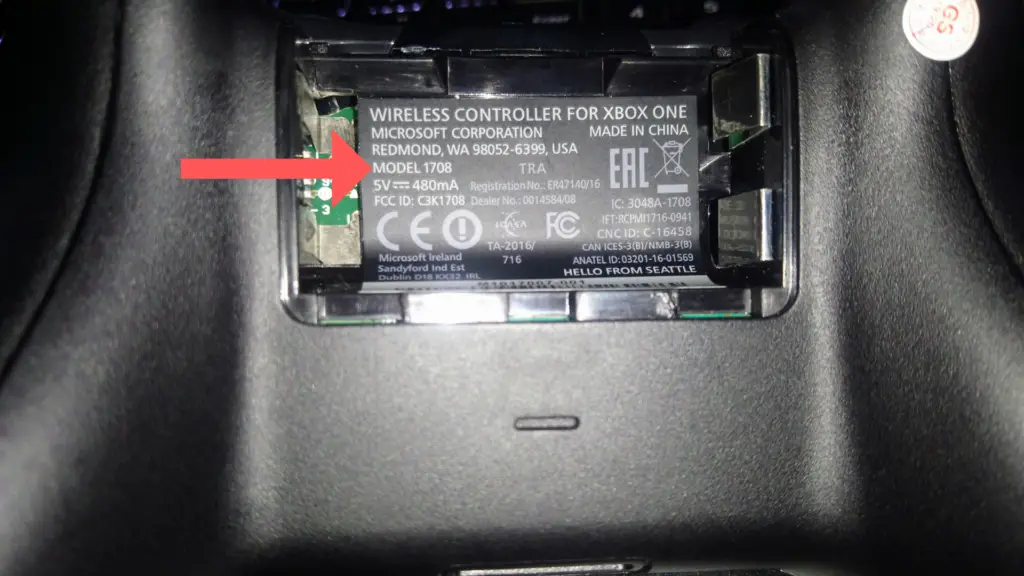
Another significant difference in Bluetooth-supported controllers is the presence of a 3.5mm headphone jack at the bottom of the controller. If your controller has a headphone jack, it is likely that it also has Bluetooth capabilities.
Xbox Controller Versions
In this section, we will discuss the different versions of Xbox controllers and their Bluetooth capabilities.
| Xbox Controller Model | Launch Year | Supports Bluetooth | USB Type | |
|---|---|---|---|---|
| 1537 | 2013 | No | Micro-B | |
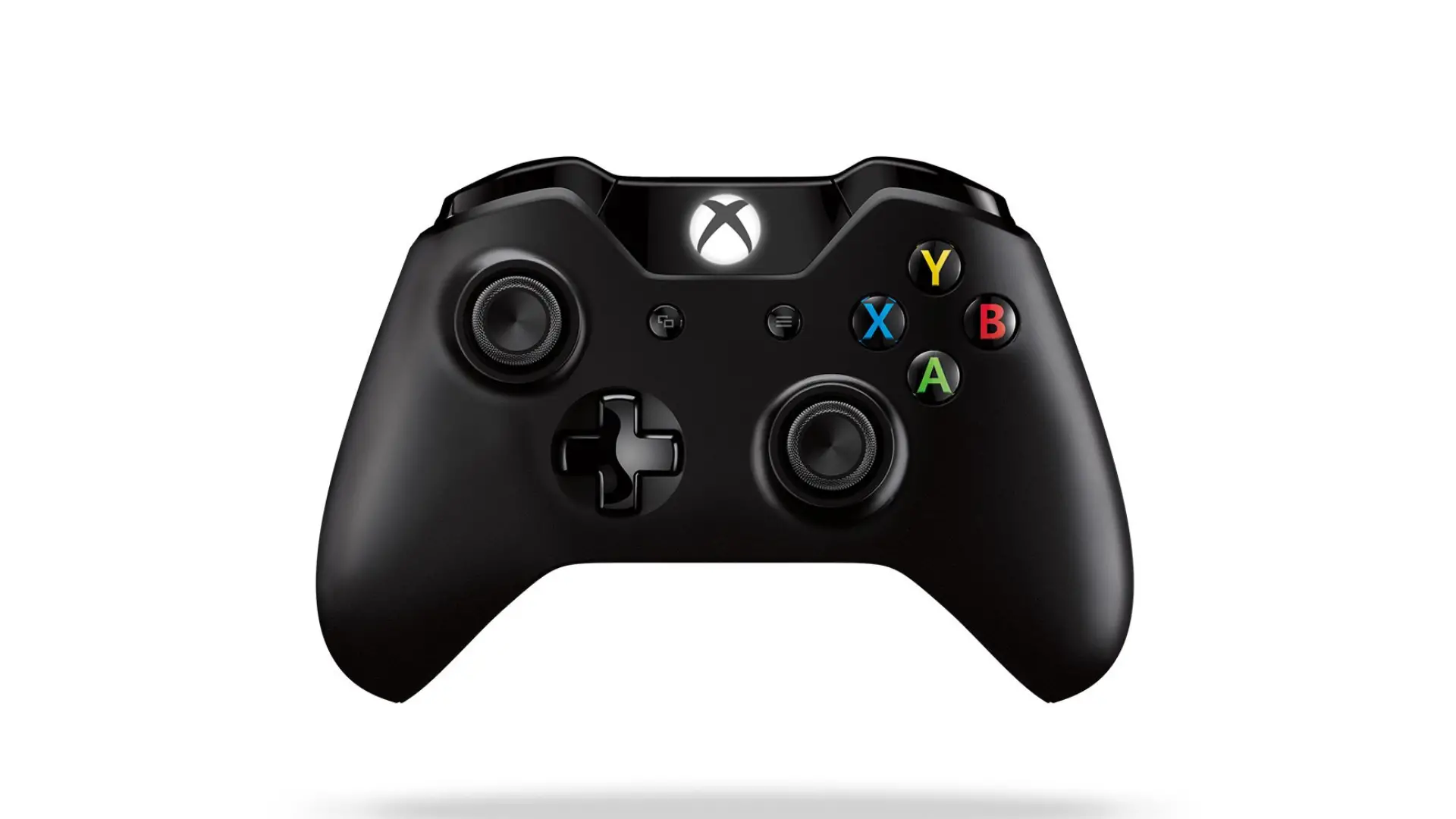 | 1697 (Xbox One) | 2015 | No | |
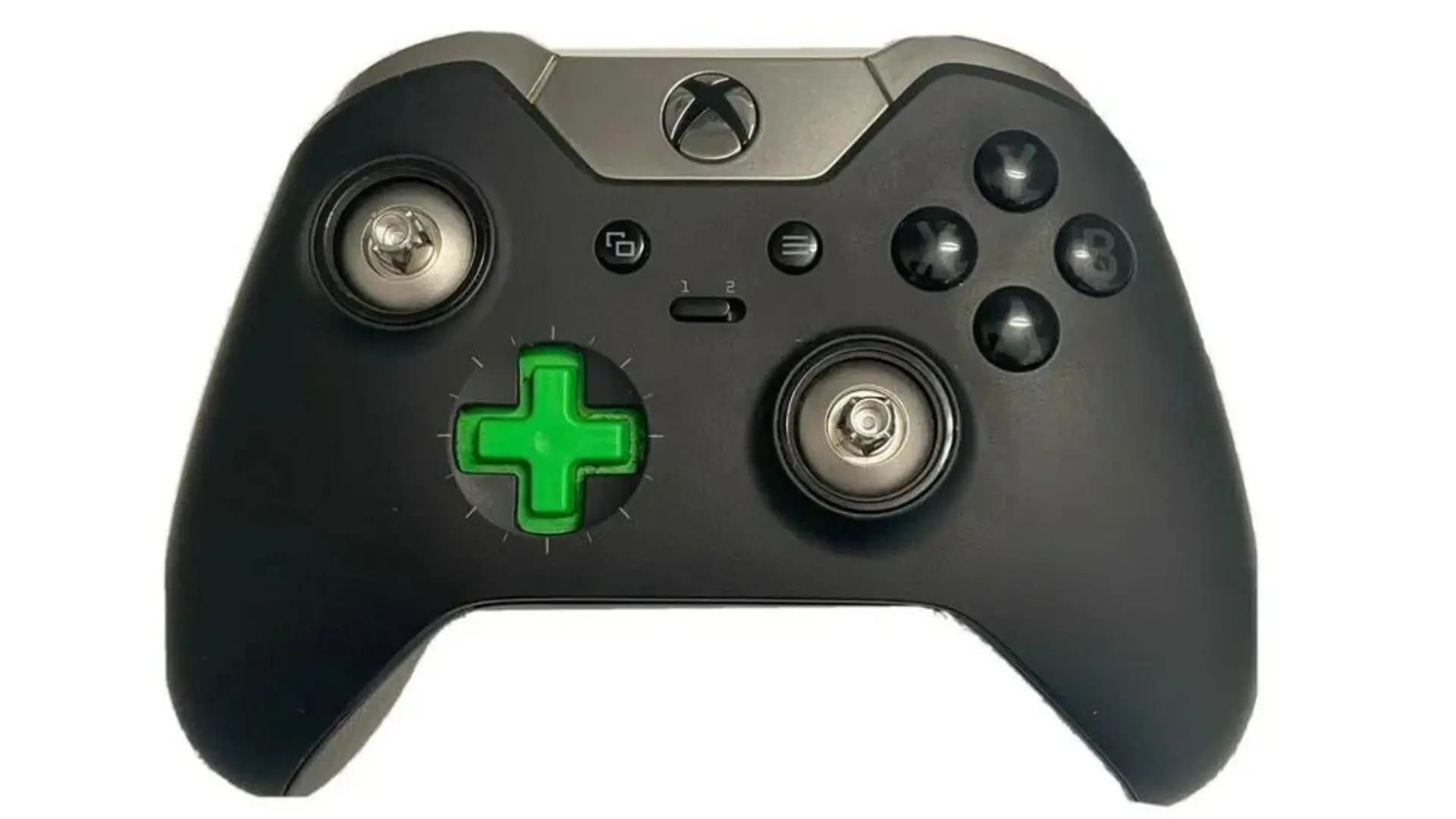 | 1698 “Elite” (Xbox One Elite) | 2019 | No | |
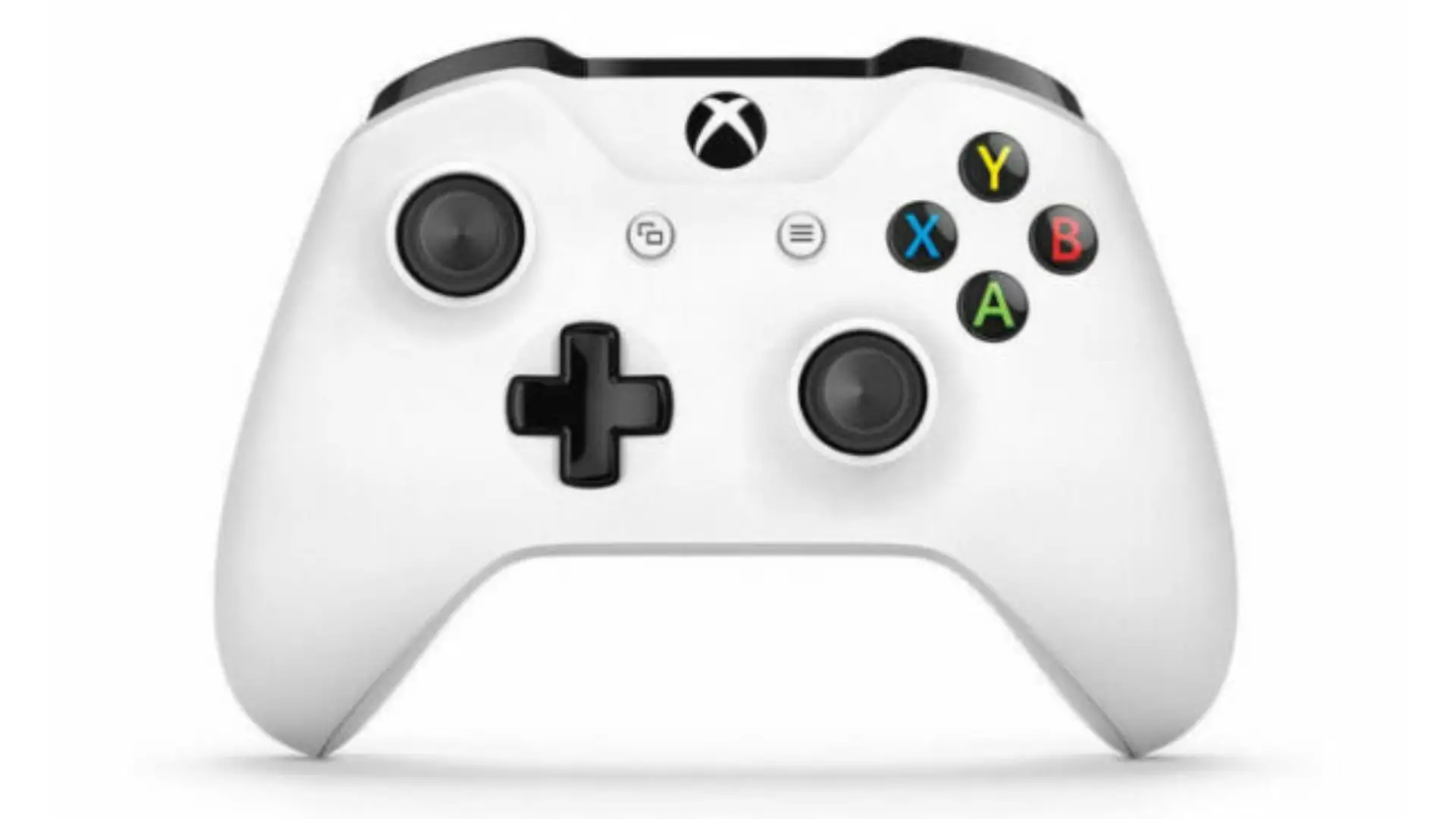 | 1708 (Xbox One S) | 2016 | Yes | |
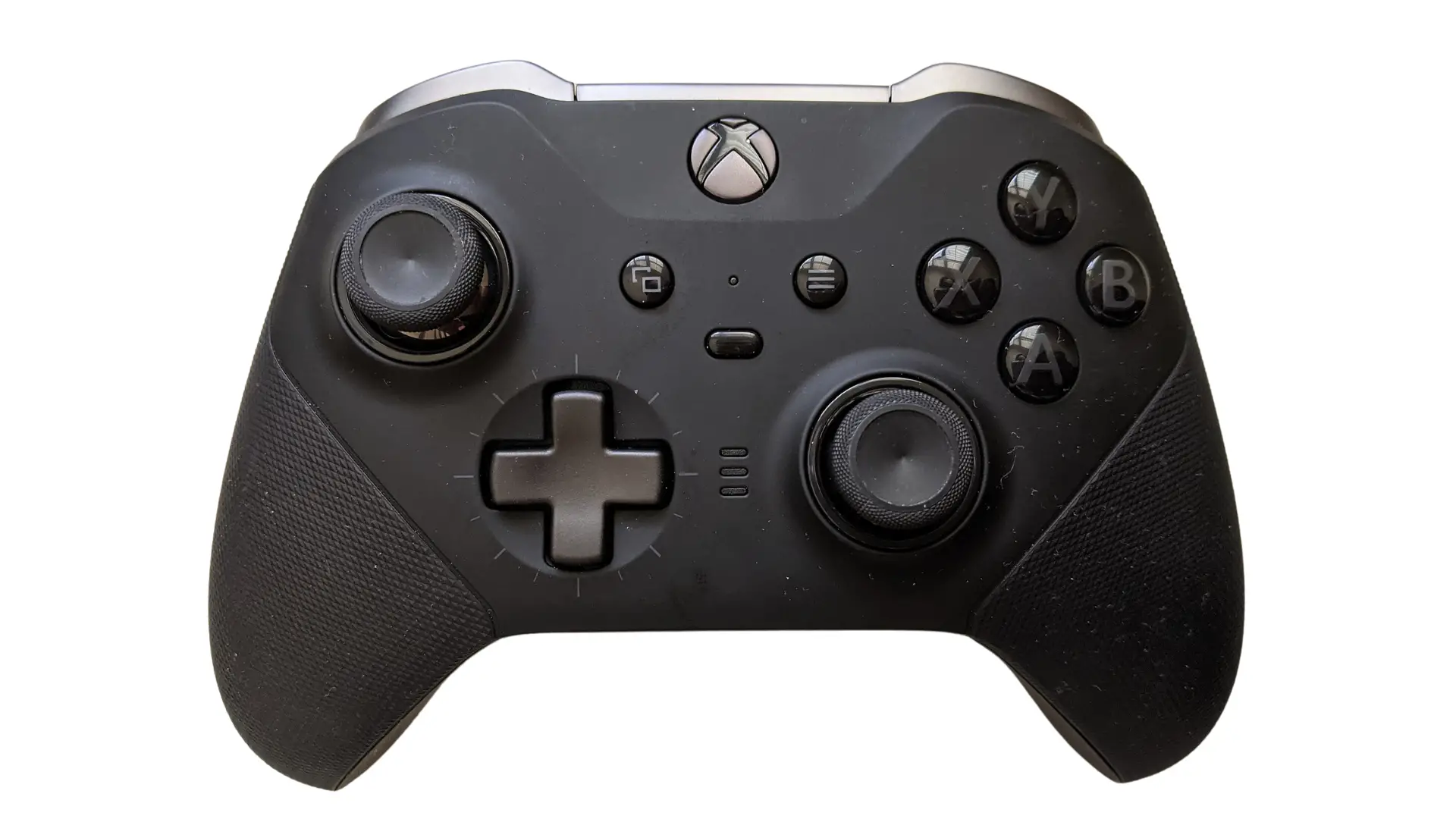 | 1797 “Elite 2” | 2019 | Yes (BLE) | Type C |
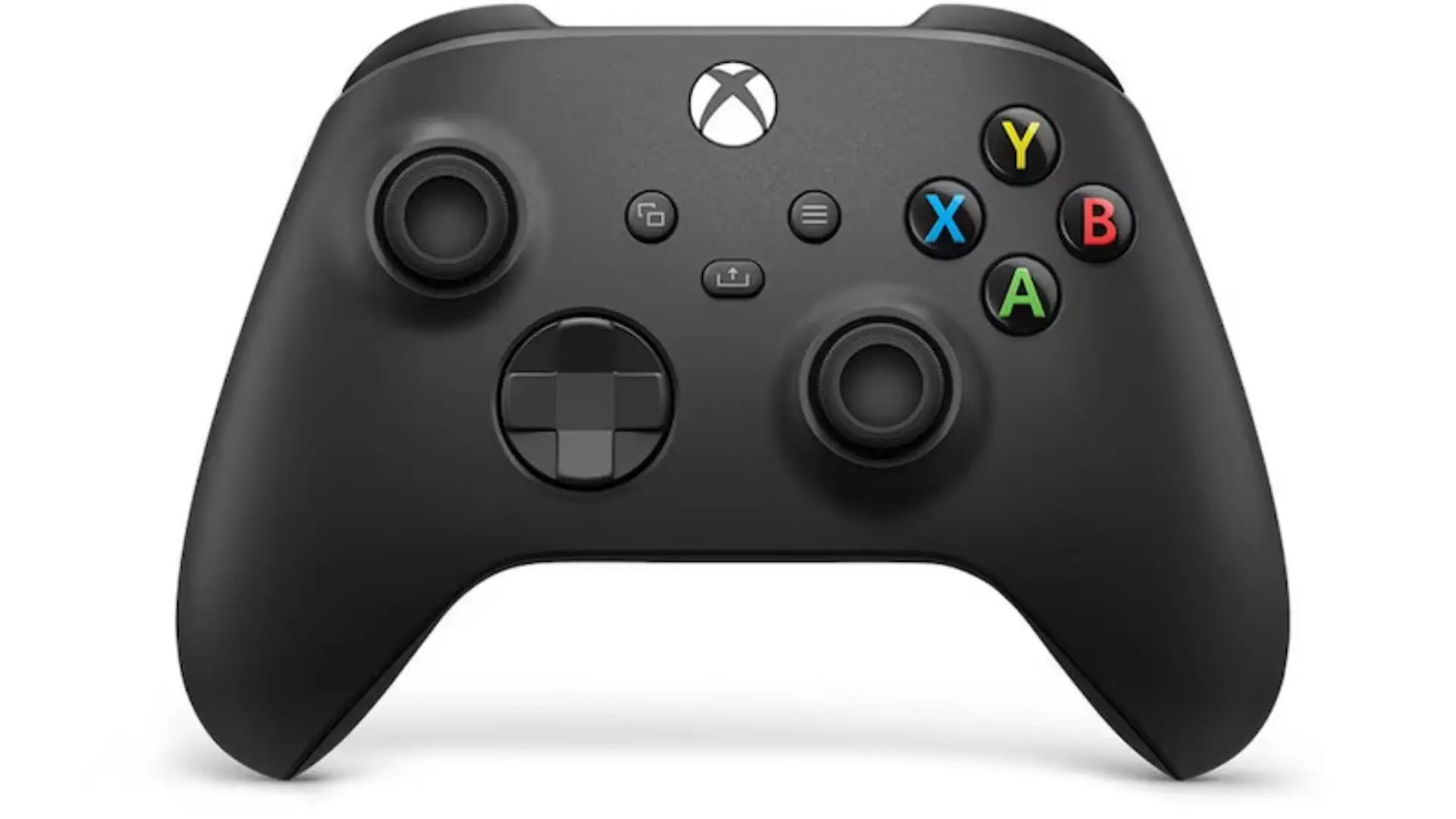 | 1914 (Xbox Series X and Series S) | 2020 | Yes (BLE) |
Xbox One
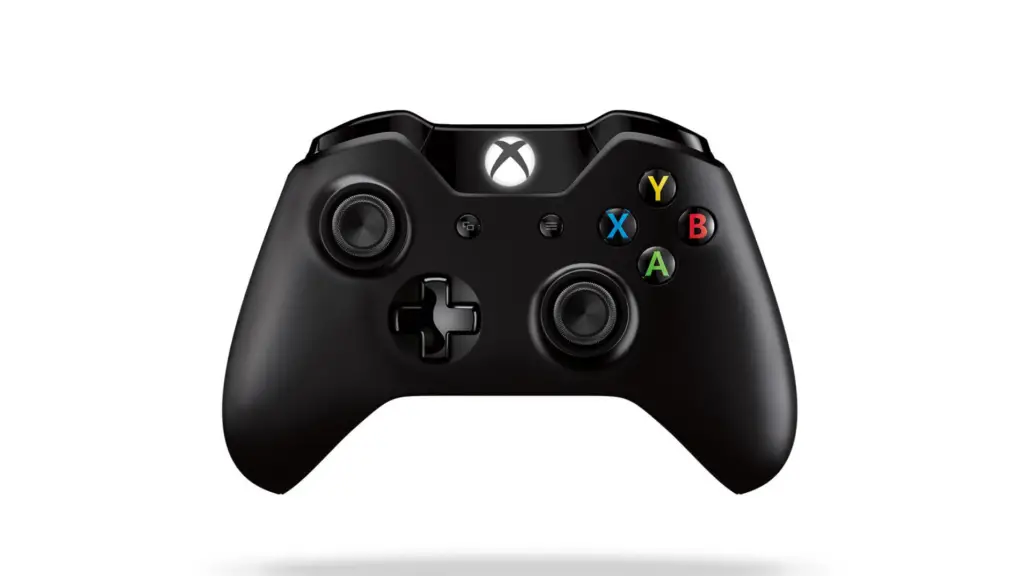
The original Xbox One controller (Model 1537), released in 2013, does not have Bluetooth support. To use this controller with a PC, a separate adapter is required.
Later, in 2015, Xbox One introduced another model (Model 1697) that also lacks Bluetooth functionality.
Finally, the Xbox One Elite controller (Model 1698), released in 2019, maintains this trend by not offering Bluetooth connectivity as well.
Xbox One S (Model 1708)
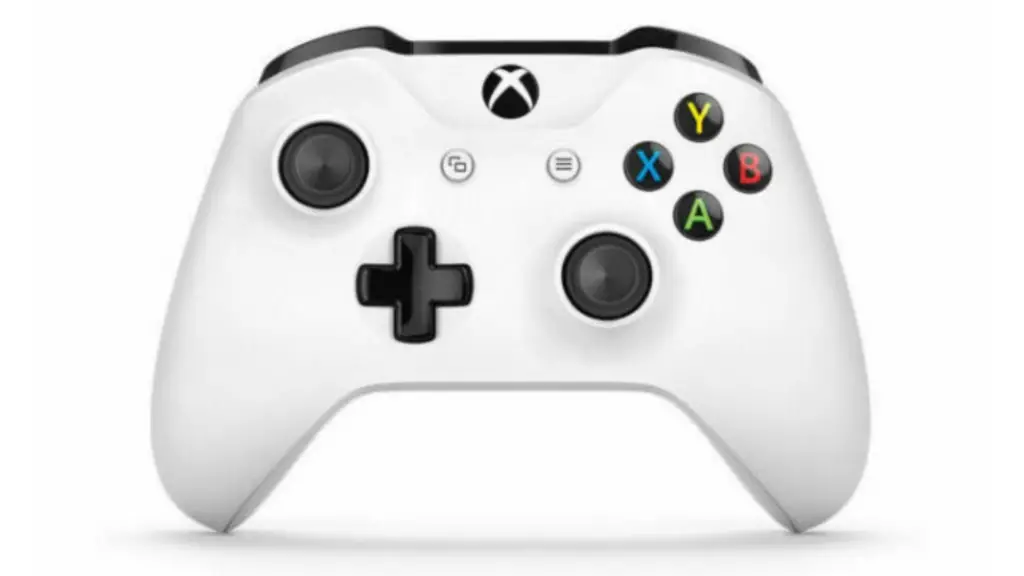
The Xbox One S controller, often referred to as the second-generation Xbox One controller, features Bluetooth support. You can identify this version by checking if the plastic around the home button is the same type and color as the rest of the controller’s body. To connect this controller to a PC or mobile device, simply press the controller’s pair button for 3 seconds and release, then follow the pairing process on your device.
Xbox One Elite
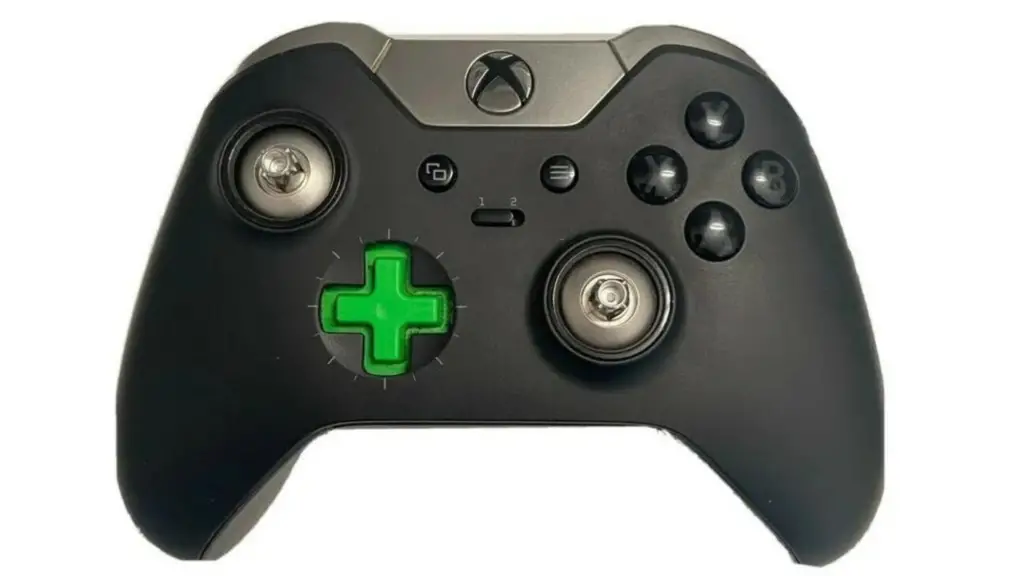
The Xbox One Elite controller is a premium version with customizable parts and improved ergonomics. The first-generation Xbox One Elite controller does not have Bluetooth support, and it requires an adapter for PC connectivity. However, the second-generation Xbox One Elite Series 2 controller, released in 2019, includes Bluetooth support, making it compatible with PCs, laptops, and mobile devices without the need for an adapter.
Xbox Series X|S

The Xbox Series X|S controllers, launched with the Xbox Series X and Series S consoles in 2020, come with Bluetooth support. These controllers are compatible with PCs, laptops, and mobile devices and can be connected by pressing the Pair button on the controller for 3 seconds and releasing, then following the pairing process on the device. The Series X|S controllers feature a share button in the center surrounded by additional plastic trim, making them easy to distinguish from earlier versions.
Connecting Xbox Controller via Bluetooth
To connect your Xbox Wireless Controller via Bluetooth, first, make sure your device is compatible. Bluetooth can be utilized for connecting your controller to play Xbox games on Windows and mobile devices.
Begin by turning on the controller: press and hold the Xbox button until the light turns on. Then, press the controller’s pairing button, located on the side or back close to the bumper buttons, and hold it for a few seconds. The Xbox button will begin blinking rapidly, indicating that the controller is in pairing mode.
On your Bluetooth-enabled device, access the Bluetooth settings menu. For Windows devices, open the Start Menu, click on Settings, and navigate to Devices, followed by Bluetooth. For mobile devices, find the Bluetooth option in the Settings app or your device’s Control Center.
Ensure your device’s Bluetooth is turned on. It will begin scanning for nearby devices to pair with. From the available options, select the Xbox Wireless Controller. The controller’s Xbox button light will become solid once the connection is successful.
You can now enjoy playing Xbox games on your compatible device using the Bluetooth-connected controller. Remember to keep your controller’s firmware up to date for optimal performance. To update the firmware, connect the controller to an Xbox console or use the Xbox Accessories app on a Windows device.


